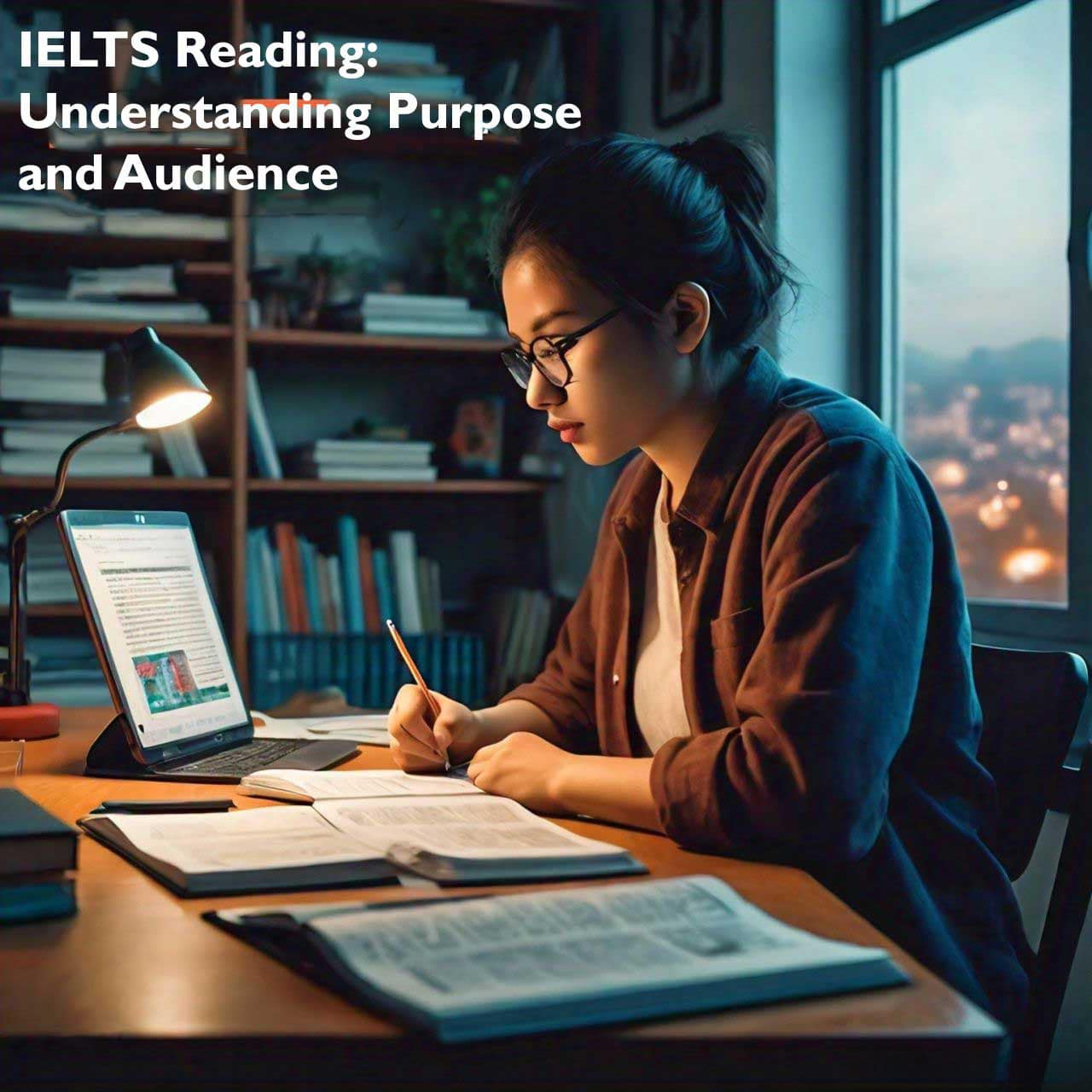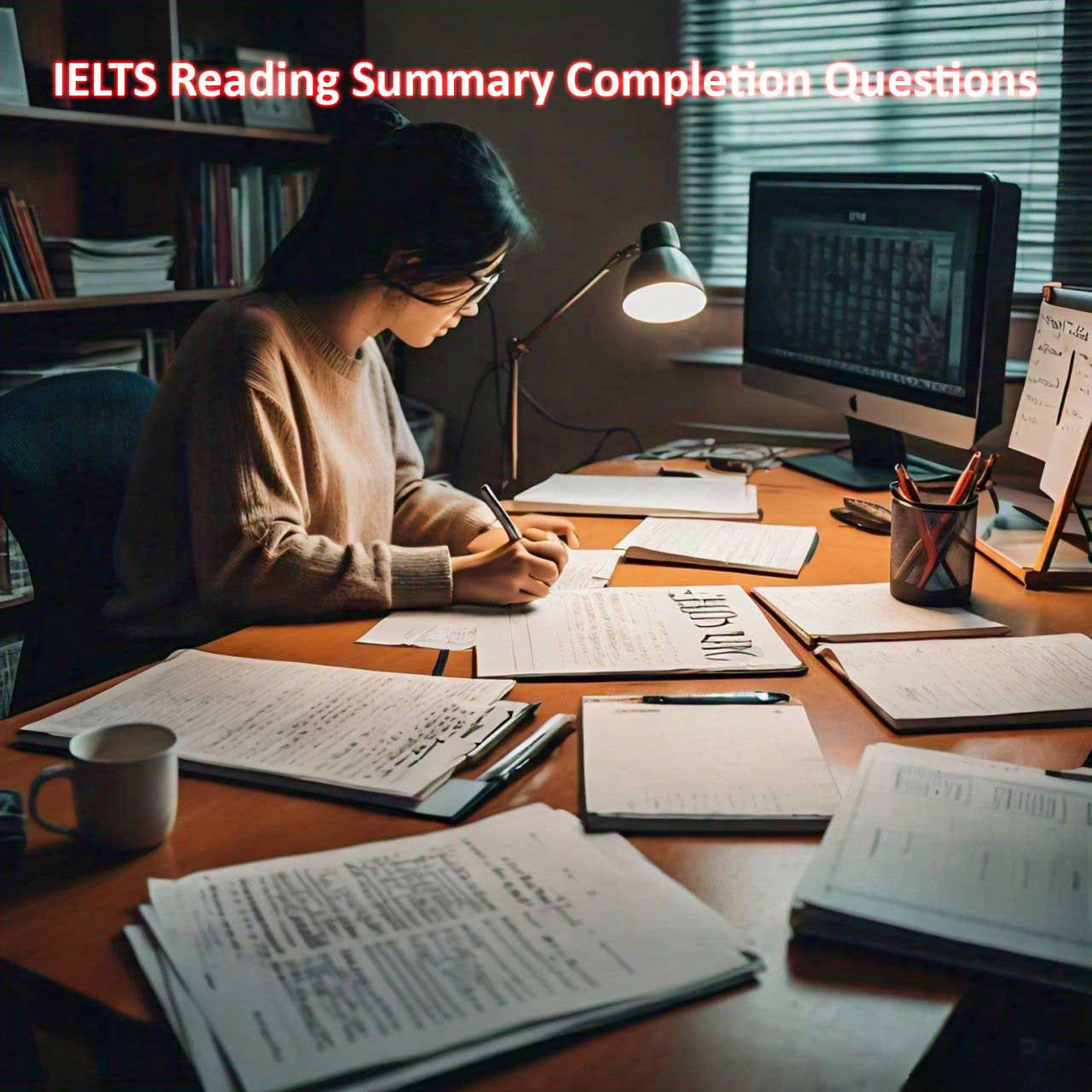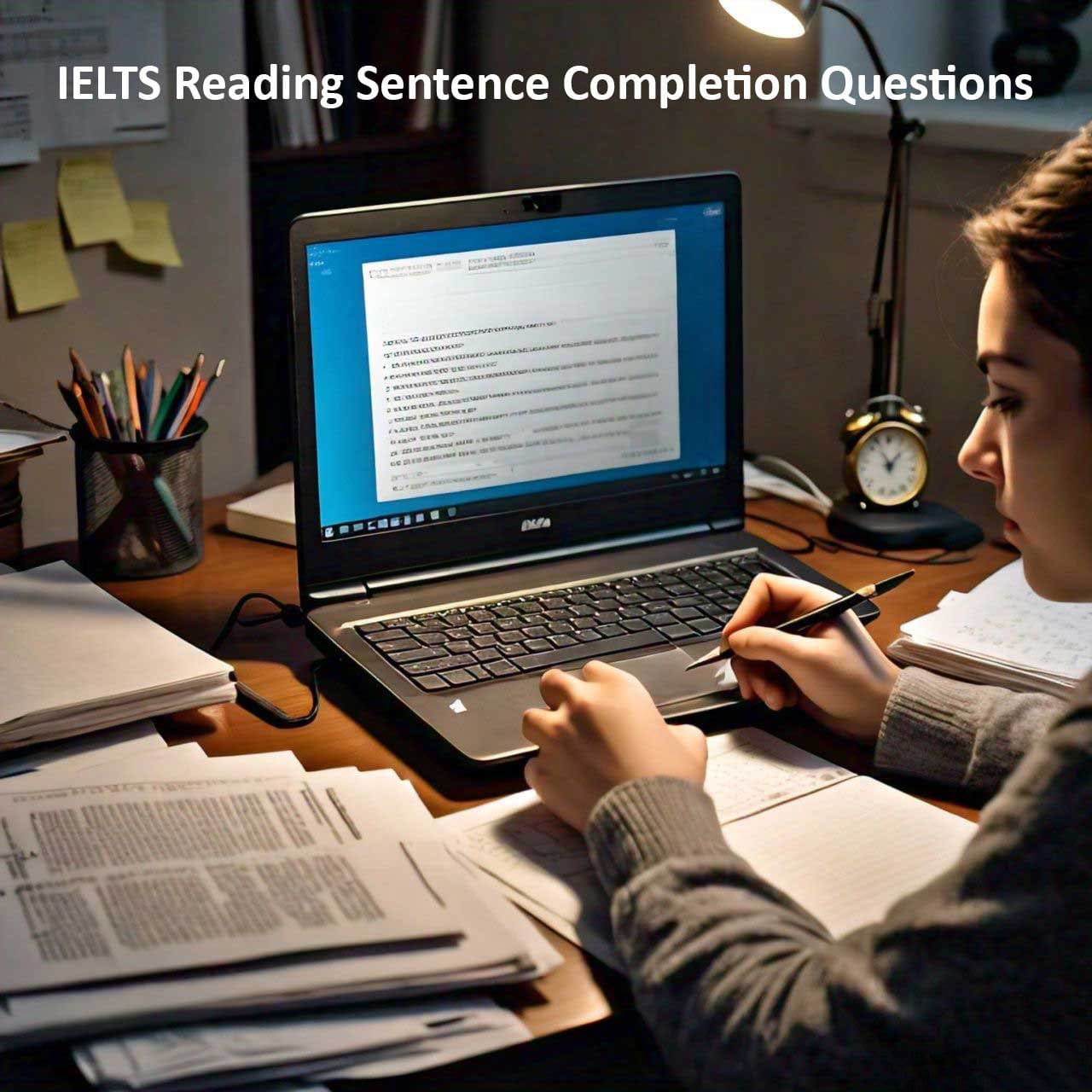The IELTS Reading test is designed to assess a range of reading skills, including the ability to understand the main idea, identify details, infer meaning, and recognize the purpose and audience of a text. Understanding the purpose and intended audience of a reading passage is crucial for answering several types of questions in the IELTS Reading test effectively. In this blog post, we’ll explore how to identify the purpose and audience of texts and why this understanding is vital for performing well on the IELTS Reading test.
Table of Contents
The Importance of Purpose and Audience in IELTS Reading
In the IELTS Reading test, you’ll encounter a variety of texts, from academic articles to advertisements, each with its unique purpose and audience. Recognizing why a text was written and who it was written for helps you:
1. Comprehend the Main Ideas: Understanding the purpose provides context for the main ideas and helps you grasp the overarching message of the passage.
2. Interpret Tone and Style: Different purposes and audiences require different tones and writing styles. Identifying these can aid in understanding nuanced meanings and authorial intent.
3. Answer Questions Accurately: Many IELTS Reading questions require an understanding of why a text was written or who it is aimed at, especially when it comes to summarizing information or identifying the writer’s intentions.
How to Identify the Purpose and Audience of a Text
1. Look for Clues in the Title and Headings
The title and headings often provide immediate insights into the purpose and audience of a text.
– Titles: A title like “The Benefits of Renewable Energy” suggests an informative purpose, likely targeting an audience interested in environmental issues or energy solutions.
– Headings: Subheadings can give you a quick overview of the structure and focus areas of the text, hinting at the overall purpose and the segments of the audience it addresses.
Example:
– Title: “How to Master the Art of Public Speaking”
– Likely Purpose: To provide advice or instructional content.
– Likely Audience: Individuals looking to improve their public speaking skills, such as students or professionals.
2. Analyze the Opening Paragraph
The introduction often sets the tone for the entire passage and typically outlines the purpose.
– Thesis Statement: Look for the main argument or statement that indicates why the text was written.
– Contextual Information: Opening paragraphs might provide background information that frames the purpose and hints at who the text is for.
Example:
– Opening Sentence: “As the demand for electric vehicles continues to rise, understanding their environmental impact becomes increasingly important.”
– Likely Purpose: To discuss the environmental impact of electric vehicles.
– Likely Audience: Readers interested in environmental issues and technological advancements.
3. Examine the Language and Style
The language and style used in a text can reveal much about its purpose and audience.
– Formal vs. Informal Language: Formal language suggests an academic or professional audience, while informal language might indicate a general or younger audience.
– Technical Jargon: The use of specialized terms can indicate that the text is aimed at readers with specific knowledge or interest in the subject.
Example:
– Language: “Quantum computing promises to revolutionize the way we process information, but it requires a profound understanding of quantum mechanics.”
– Likely Purpose: To inform or explain a complex topic.
– Likely Audience: Readers with an interest in or knowledge of advanced technology.
4. Identify Key Vocabulary and Phrases
Certain words and phrases are often associated with particular purposes and audiences.
– Directive Words: Words like “must,” “should,” and “need” suggest advice or instruction.
– Evaluative Words: Terms like “beneficial,” “detrimental,” and “effective” indicate evaluation or opinion.
Example:
– Key Phrases: “To achieve optimal health, one must consider both physical activity and a balanced diet.”
– Likely Purpose: To advise or instruct on health matters.
– Likely Audience: Individuals seeking health and wellness tips.
5. Consider the Structure and Organization
How the text is organized can also provide insights into its purpose and audience.
– Sequential Order: A step-by-step guide or process description usually aims to instruct or inform.
– Argumentative Structure: Texts presenting arguments and counterarguments are likely aimed at persuading or discussing complex issues.
Example:
– Structure: The text follows a problem-solution format, starting with a discussion of climate change and ending with potential mitigation strategies.
– Likely Purpose: To propose solutions to a problem.
– Likely Audience: Readers concerned with environmental issues or policy-making.
6. Reflect on the Content and Context
Understanding the broader context of the text, such as where it was published and for what occasion, can help clarify its purpose and audience.
– Publication Source: Articles in scientific journals are typically aimed at professionals or academics, while blog posts on lifestyle websites are for a general audience.
– Occasion: Consider why the text might have been written—news reports often aim to inform about recent events, while opinion pieces seek to persuade.
Example:
– Source: An article from “The Economist” discussing global economic trends.
– Likely Purpose: To inform or analyze economic issues.
– Likely Audience: Economists, business professionals, and informed readers.
Common Types of Purposes in IELTS Reading
1. To Inform
Texts with an informational purpose aim to provide factual details and explanations.
Indicators:
– Objective tone.
– Presentation of data and facts.
– Explanatory language.
Example:
– “The Evolution of Social Media: A Historical Overview.”
2. To Persuade
Persuasive texts aim to convince the reader of a particular viewpoint or action.
Indicators:
– Argumentative language.
– Use of evidence to support claims.
– Emotional appeals or rhetorical questions.
Example:
– “Why Renewable Energy is the Key to Sustainable Development.”
3. To Instruct or Advise
Instructional texts provide guidance or advice on how to do something or how to approach a problem.
Indicators:
– Directive language.
– Step-by-step processes.
– Practical tips and recommendations.
Example:
– “10 Steps to Improve Your Public Speaking Skills.”
4. To Entertain
Texts meant to entertain aim to engage the reader with interesting, humorous, or engaging content.
Indicators:
– Lively or narrative style.
– Use of anecdotes or descriptive language.
– Emotional appeal through storytelling.
Example:
– “A Day in the Life of a Travel Blogger.”
5. To Describe
Descriptive texts focus on detailing a person, place, thing, or phenomenon.
Indicators:
– Rich, vivid language.
– Focus on sensory details.
– Detailed descriptions.
Example:
– “Exploring the Rich Biodiversity of the Amazon Rainforest.”
Practice Exercises
To master identifying purpose and audience in IELTS Reading, try these exercises:
1. Purpose Identification: Read a short article and determine its purpose. Is it to inform, persuade, instruct, entertain, or describe?
2. Audience Analysis: Consider a piece of text and identify who the intended audience is. What clues in the text helped you decide?
3. Title and Opening Paragraph: Take a reading passage and analyze the title and opening paragraph to infer the purpose and audience.
Sample Passage:
– Title: “The Impact of Social Media on Teen Mental Health”
– Opening Paragraph: “In recent years, the rise of social media platforms has coincided with an increase in mental health issues among teenagers. This article explores how these digital interactions affect the emotional well-being of young people.”
Analysis:
– Purpose: To inform about the effects of social media on teen mental health.
– Audience: Likely parents, educators, and health professionals interested in youth welfare.
Conclusion
Understanding the purpose and audience of a text is essential for performing well in the IELTS Reading test. It helps you grasp the main ideas, interpret the tone and style, and answer questions accurately. By integrating these strategies into your reading practice, you can enhance your comprehension skills and improve your overall IELTS score. Start applying these techniques today, and you’ll find yourself better equipped to tackle the IELTS Reading test with confidence.
For more tips and resources on preparing for the IELTS Reading test, explore our other blog posts and guides. Good luck with your IELTS journey!
If you have any questions or want to share your own experiences with the IELTS Reading test, feel free to leave a comment below. We’d love to hear from you!



